10 Best Kippy AI Alternatives to Enhance Your English|Midoo AI
Midoo AI – AI Mentor for Personalized English Growth
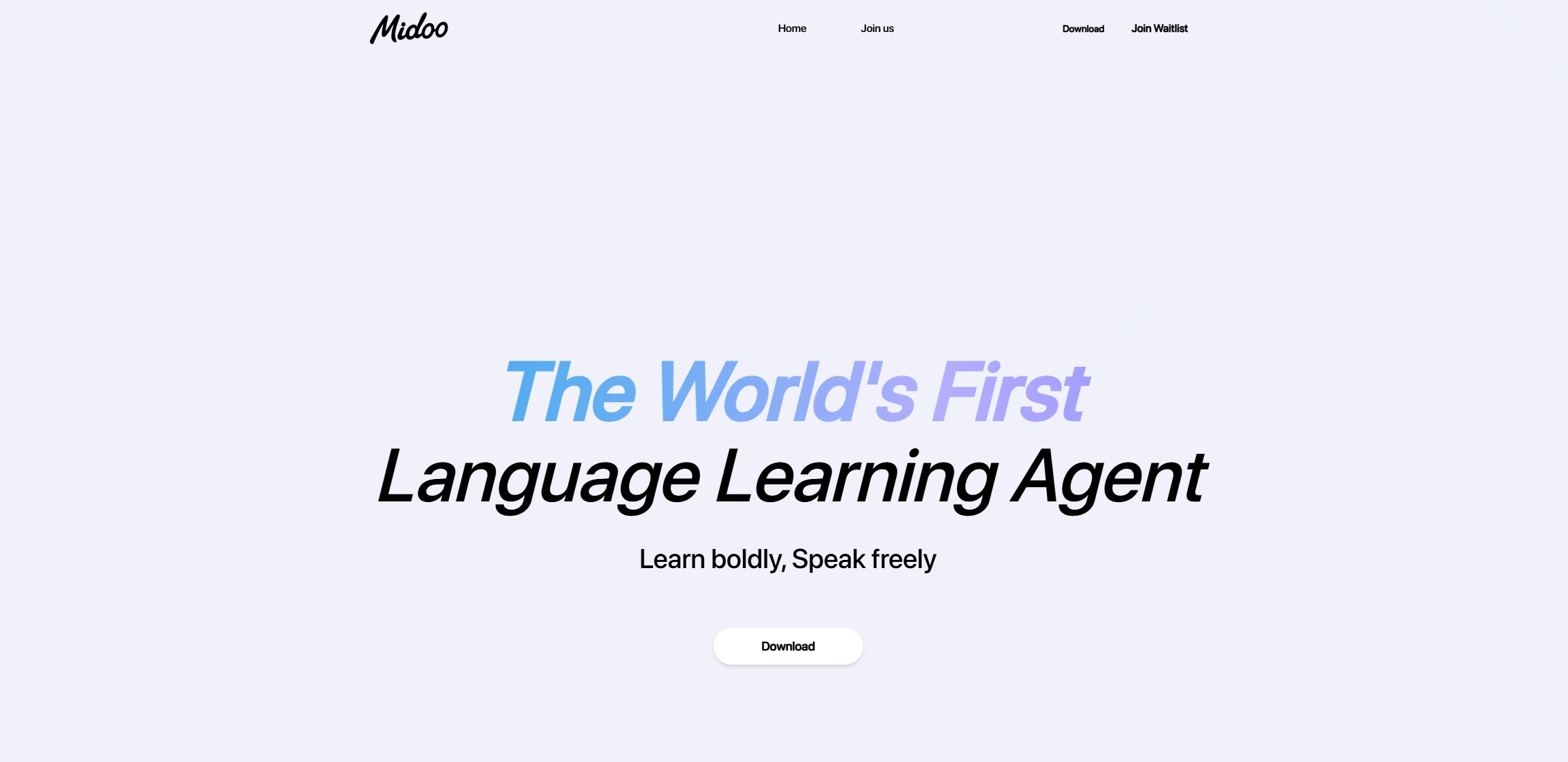
Midoo AI builds a tailored roadmap for each learner by analyzing goals, previous habits, and common mistakes. Sessions begin with warm-ups targeting weak areas, ensuring lessons are immediately relevant.
Its real-time adaptive conversation engine adjusts tone, vocabulary, and difficulty. Role-play exercises range from casual chats to professional negotiations, creating a dynamic, lifelike learning environment.
Beyond lessons, Midoo tracks performance trends, flags recurring errors, and schedules review sessions to reinforce progress. This ensures sustained improvement and fluency over time.
Pros:
- Personalized learning blueprint
- Real-time adaptive dialogues
- Role-play for realistic scenarios
- Ongoing skill reinforcement
Cons:
- Focused primarily on English
- Requires consistent engagement
Accelerate your English mastery with Midoo AI—start your tailored learning journey today.
Praktika – Immersive Scenario Learning
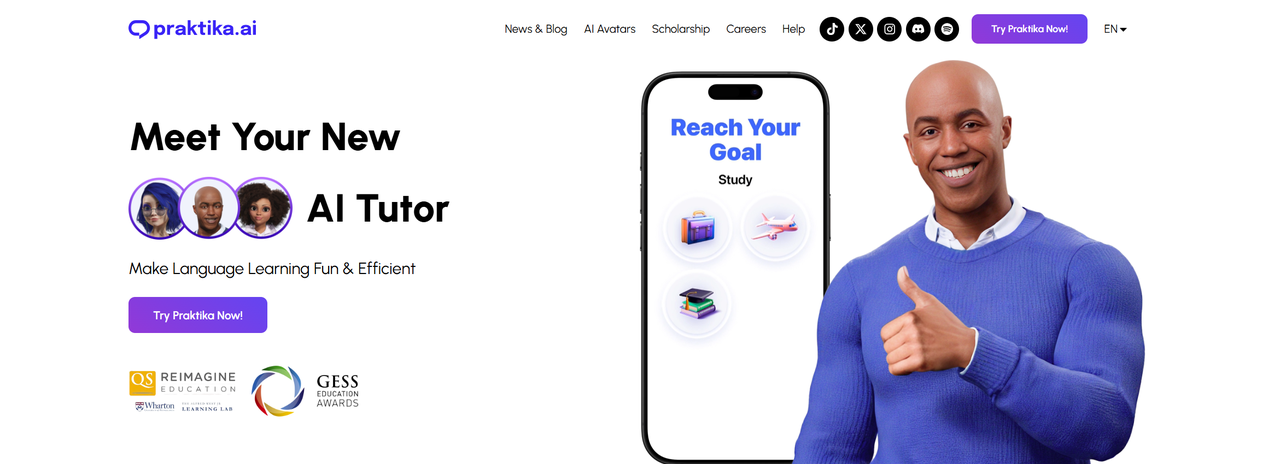
Praktika provides real-world situational practice, from travel and meetings to interviews. Gamified interactions make learning fun while reinforcing practical language usage.
Learners navigate context-specific dialogues and develop skills for professional and casual interactions. Role-play and scenario variations help build vocabulary, comprehension, and confidence.
Grammar instruction is minimal, and advanced content is limited, making it better suited for learners seeking applied conversation skills.
Pros:
- Immersive, realistic scenarios
- Gamified engagement
- Focus on applied conversation
- Builds situational language skills
Cons:
- Limited grammar instruction
- Narrow advanced content
Speak – Pronunciation and Accent Focus
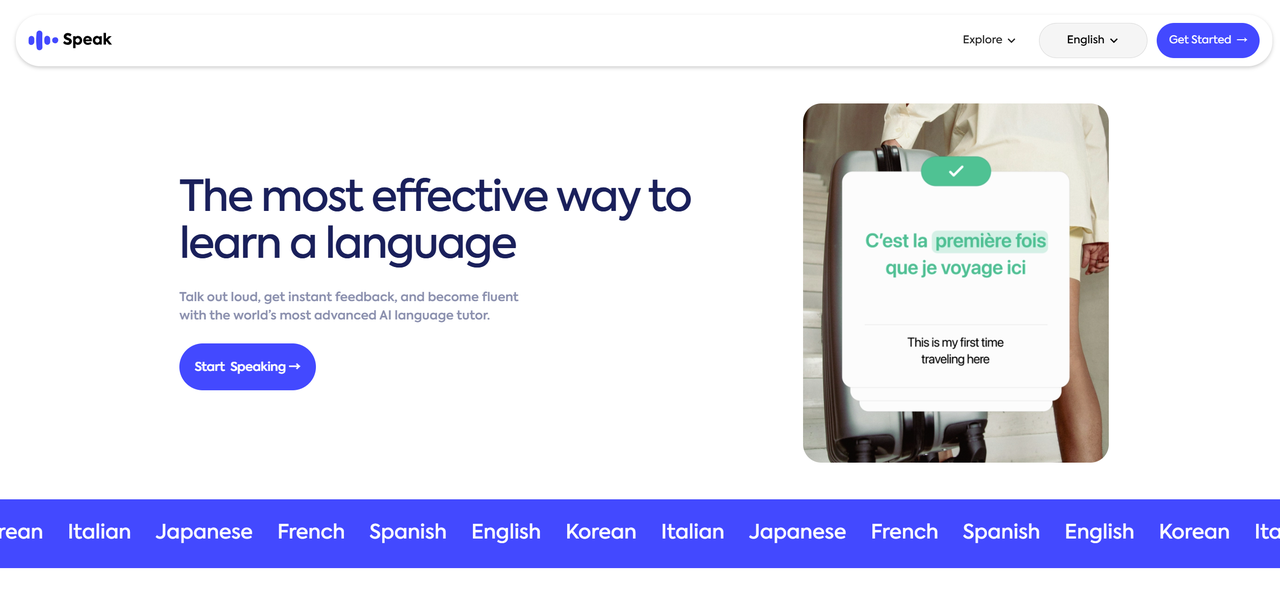
Speak targets speech clarity, pronunciation, and accent refinement. Exercises provide immediate feedback on stress, intonation, and rhythm, helping learners track measurable improvements.
It is ideal for learners prioritizing spoken accuracy. Short, repeatable drills reinforce progress and encourage consistent practice.
However, its focus is mostly limited to speaking, with less emphasis on grammar or comprehension, and repetitive exercises may feel monotonous over time.
Pros:
- Detailed pronunciation feedback
- Accent and clarity improvement
- Trackable progress
- Encourages consistent practice
Cons:
- Limited scope beyond speaking
- Exercises can feel repetitive
Loora – Context-Aware Conversations
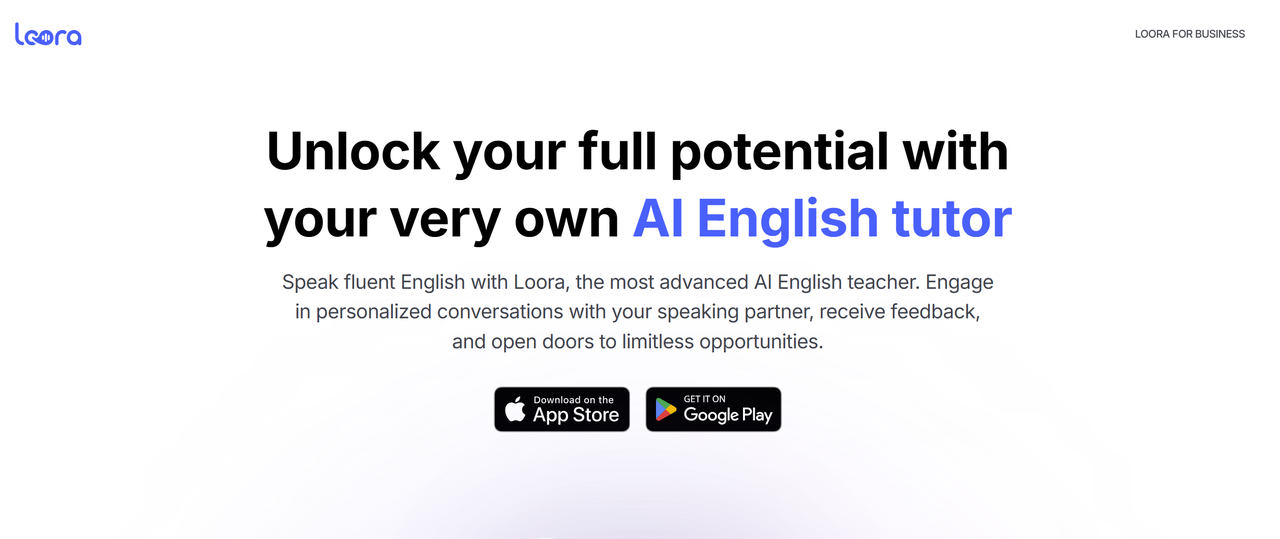
Loora offers context-rich dialogues for daily situations, professional exchanges, or casual interactions. Learners receive adaptive AI guidance and vocabulary recommendations.
Its flexibility allows practice anytime, anywhere, reinforcing natural language use and encouraging practical application of phrases.
Advanced learners may require more challenging exercises, as Loora focuses primarily on practical, everyday conversation rather than academic mastery.
Pros:
- Contextual dialogue practice
- Flexible and self-paced
- Vocabulary expansion
- Encourages natural speech
Cons:
- Limited advanced content
- Minimal grammar guidance
Learna AI – Adaptive Knowledge Reinforcement
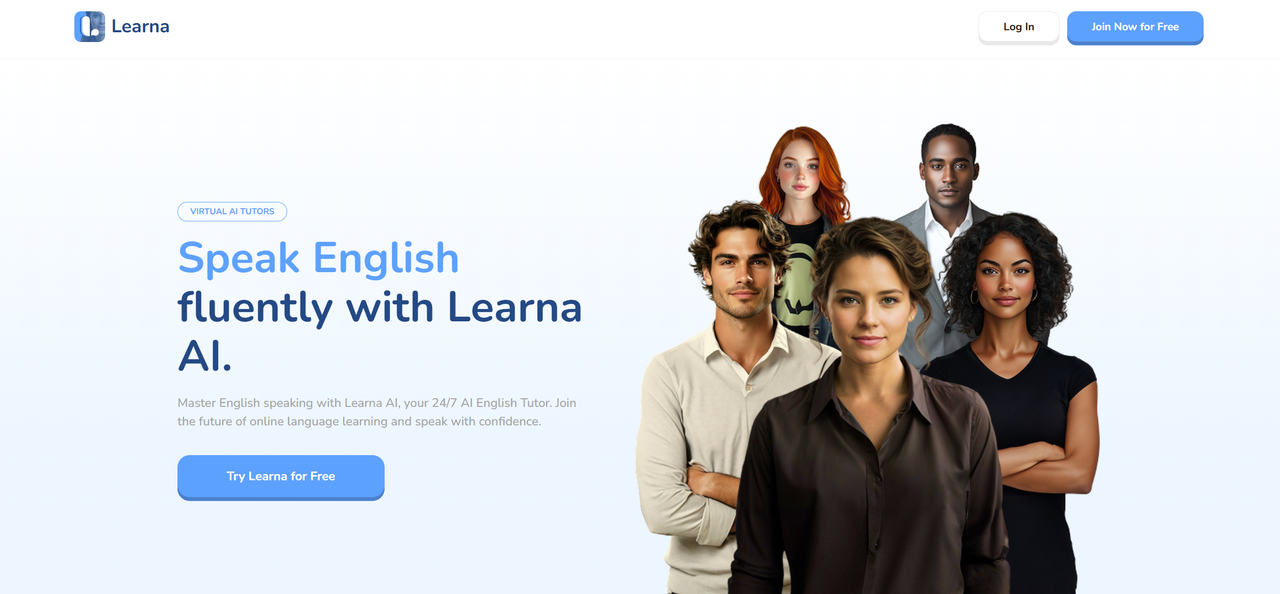
Learna AI combines structured lessons with adaptive exercises, emphasizing grammar, vocabulary, and conversation practice. Spaced repetition reinforces retention over time.
Performance tracking identifies weak areas and adjusts exercises to optimize learning outcomes, making it effective for consistent, measurable improvement.
However, it prioritizes structure over spontaneity, so learners seeking natural free-flowing conversation may find it less flexible.
Pros:
- Personalized progression
- Spaced repetition retention
- Interactive conversation support
- Long-term learning focus
Cons:
- Less spontaneous conversation
- Academic tone may feel formal
TalkPal – Dynamic Conversation Practice
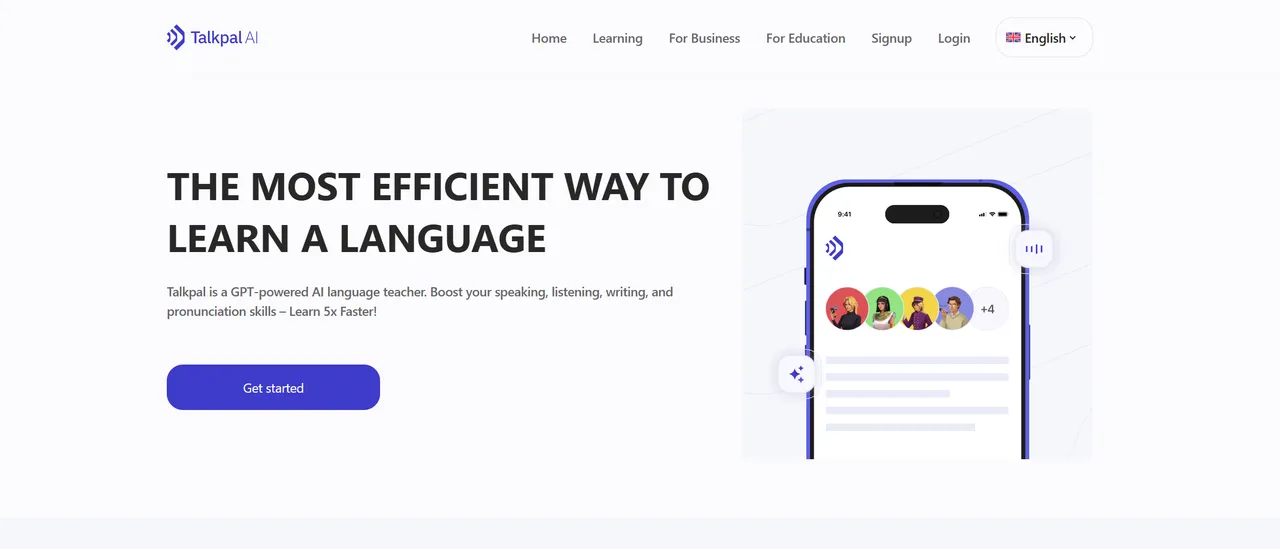
TalkPal emphasizes realistic role-play across casual, social, and professional scenarios. Learners engage in dialogues where AI provides instant feedback on vocabulary, fluency, and conversational flow.
The platform supports confidence-building in practical speaking contexts, allowing repetition of dialogues for reinforcement. Its adaptive AI modifies prompts to match learner responses, offering a semi-personalized experience that enhances retention.
While highly engaging, TalkPal has a limited structured curriculum, and advanced learners may find less depth in grammar-focused instruction.
Pros:
- Diverse conversation scenarios
- Immediate AI feedback
- Builds speaking confidence
- Supports repeated practice
Cons:
- Structured curriculum limited
- Advanced lessons fewer
Langotalk – Free-Flow Natural Dialogue
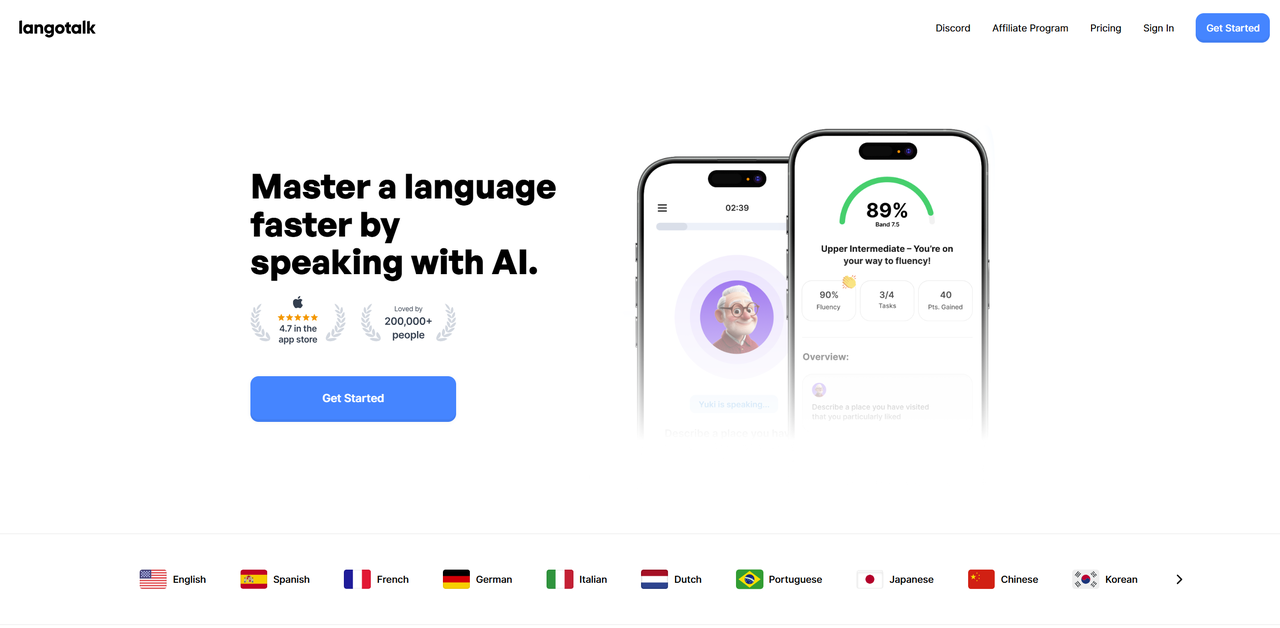
Langotalk promotes unscripted conversation practice. Learners explore diverse topics while AI gently corrects errors, fostering natural speech.
It enhances spontaneous fluency and confidence in real-world communication. Repeated exposure to varied topics strengthens adaptability and vocabulary.
Limited grammar instruction and structured guidance may require additional resources for advanced learning.
Pros:
- Encourages natural speech
- Wide range of topics
- Builds conversational fluency
- Supports realistic dialogue practice
Cons:
- Minimal grammar support
- Less structured learning
Heylama – Micro-Lesson Daily Practice
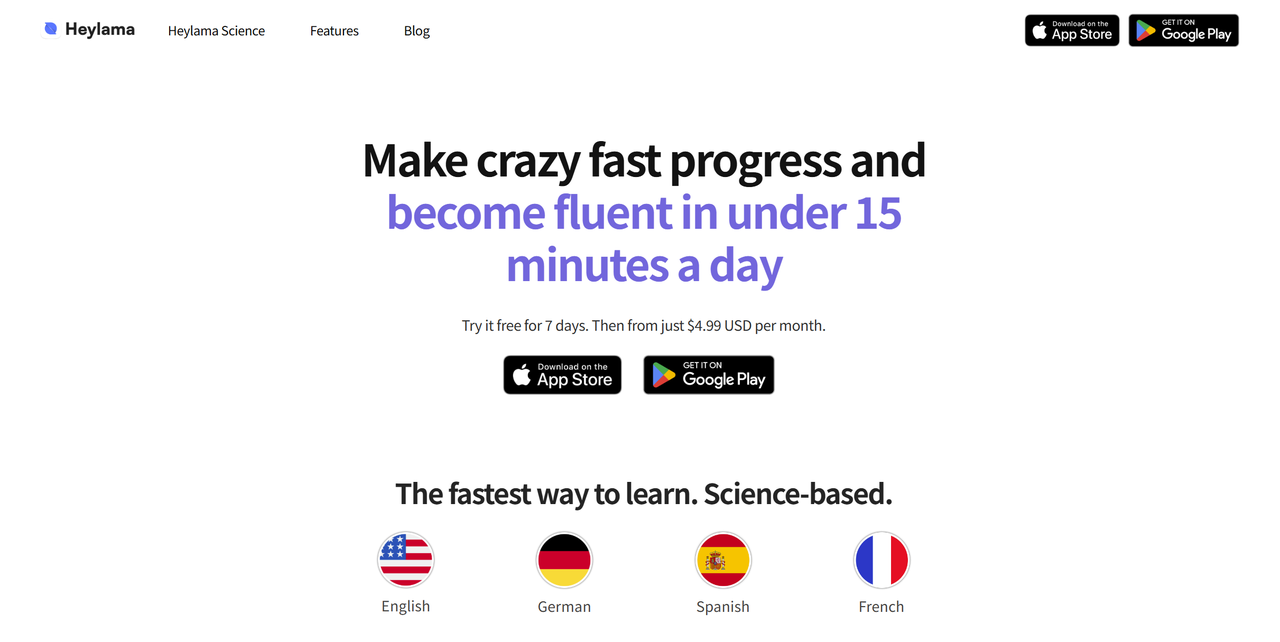
Heylama delivers short, focused lessons suitable for learners with limited time. Exercises include active recall, vocabulary drills, and mini-dialogues.
Its design promotes habit formation and daily engagement, reinforcing retention through brief, consistent sessions.
Advanced learners may find content repetitive or less challenging, but it remains highly effective for maintaining steady language practice.
Pros:
- Flexible short lessons
- Active recall exercises
- Encourages consistent practice
- Easy to integrate into daily routine
Cons:
- Limited advanced content
- Less immersive scenarios
Twee – Social and Gamified Learning
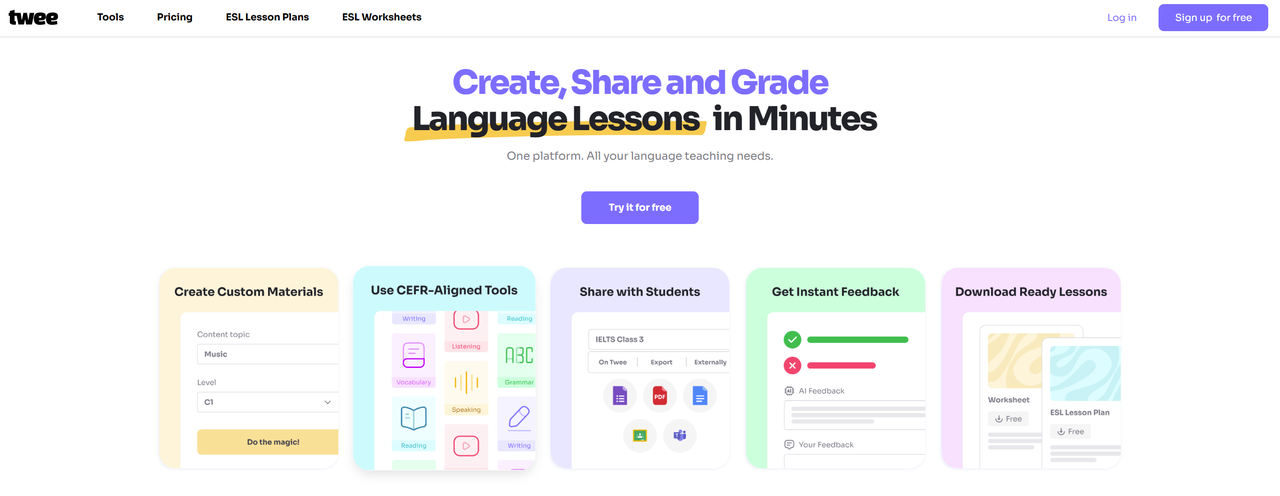
Twee merges AI exercises with peer interaction, combining gamification, prompts, and challenges to maintain learner motivation.
It’s ideal for learners who thrive in community-driven practice, providing accountability and encouragement. Short prompts evolve into longer dialogues, supporting continuous engagement.
Depth may be limited for advanced learners seeking comprehensive grammar or structured curriculum.
Pros:
- Gamified learning
- Peer collaboration
- Short, evolving exercises
- Encourages consistent practice
Cons:
- Less academic rigor
- Peer quality varies
Gliglish – Quick Daily Engagement
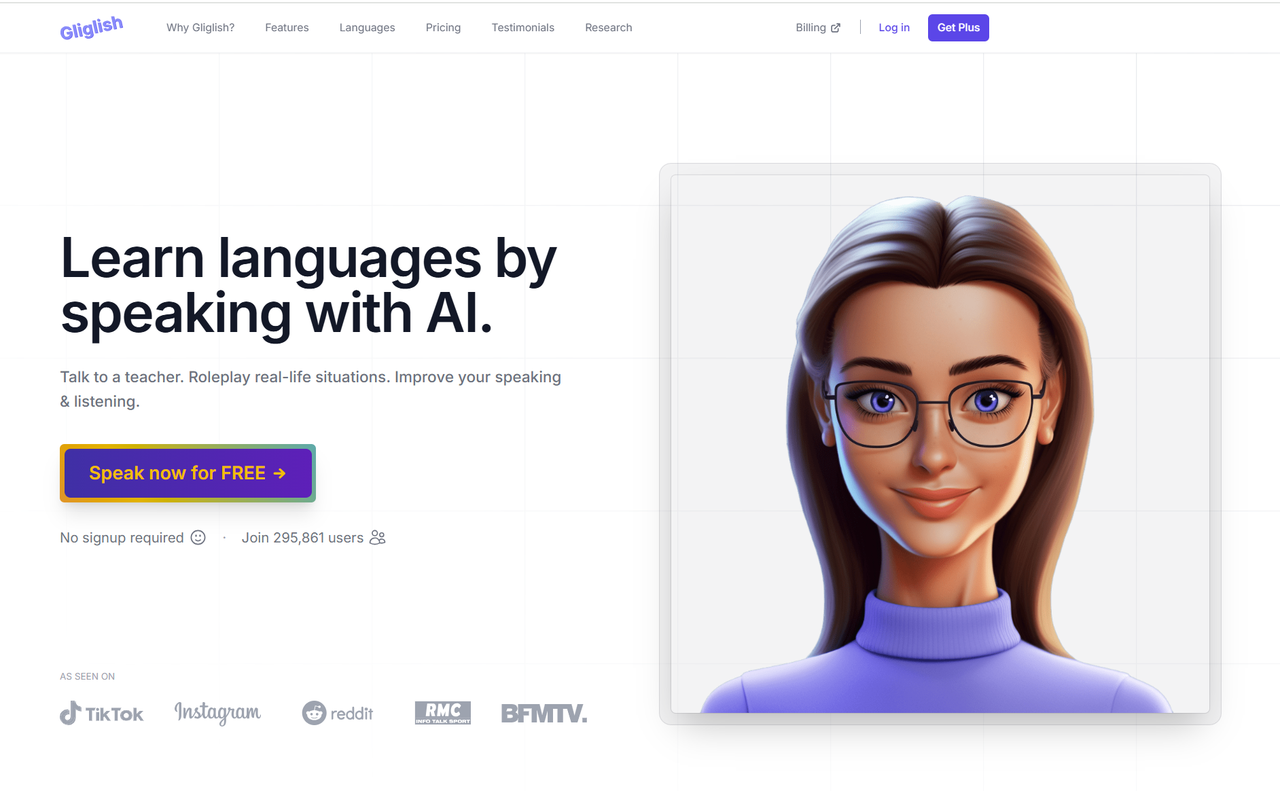
Gliglish emphasizes brief, practical conversation exercises suitable for daily practice. Its streak system promotes regular engagement and helps maintain language habits.
Perfect for learners wanting quick, repeatable sessions, it reinforces vocabulary and fluency effectively.
Advanced learners may find it insufficiently challenging, and feedback is relatively basic compared to interactive platforms.
Pros:
- Short, accessible sessions
- Encourages daily habit
- Practical conversation focus
- Simple interface
Cons:
- Limited advanced content
- Basic feedback